Série Arsène Lupin en anglais Maurice Leblanc

Arsène Lupin en anglais The Secret Tomb
Résumé éditeur-
When Dorothy, ropedancer and palmist, arrives at the Château de Roborey with her circus, she's already observed strange excavations at the grounds. Fate reveals a familial connection and drags her and her motley crew of war orphans into a quest for long-lost ancestral treasure, but her new-found nemesis is always close on her trail. Maurice Leblanc, most famous for his Arsène Lupin stories, here switches to a new protagonist, but fans of his other work will find her strangely recognisable. Indeed, the mystery presented here is later referenced in The Countess of Cagliostro as a puzzle that Lupin did not have time to solve. This book was originally serialised in Le Journal between January and March 1923, and was published in novel form both in French and in this English translation later in the year. It was also later adapted as a French-language made-for-TV movie in 1983.
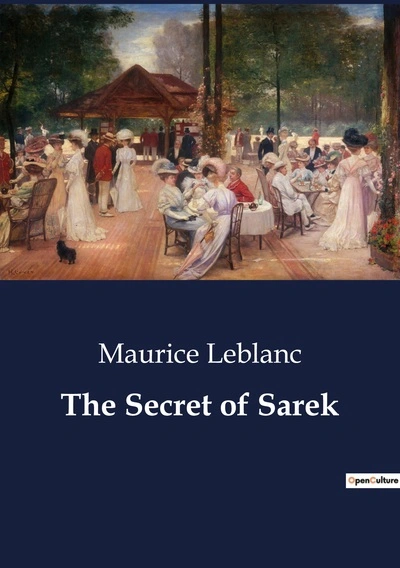
Arsène Lupin en anglais The Secret of Sarek
Résumé éditeur-
While watching a film, Véronique d'Hergemont spots her childhood signature mysteriously written on the side of a hut in the background of a scene. Her visit to the location of the film shoot deepens the mystery, but also provides further clues that point her towards long-lost relations and a great secret from ancient history: a secret that will require the services of a particular man to unravel. The Secret of Sarek was published in the original French in 1919, and in this English translation in 1920. It was Maurice Leblanc's first Arsène Lupin novel written after the Great War, and its impact on Leblanc is palpable: the novel has a much darker tone than earlier works, and even the famous cheery charm of Lupin is diluted. The result is a classic horror story, bringing a new dimension to the series.
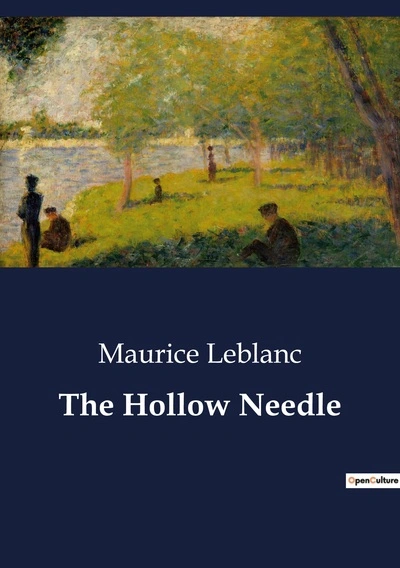
Arsène Lupin en anglais The Hollow Needle
Résumé éditeur-
In this first full-length Arsène Lupin novel the gentleman-thief remains a shadowy figure for most of the novel, working two steps beyond the law with a hidden aim. To fight against this anti-hero, Leblanc introduces Isidore Beautrelet, the prodigious school-boy detective. Also making an appearance are old foes Detective Ganimard and (in yet another copyright-defeating name change) Holmlock Shears. The battle of wills that ensues pulls Isidore through rural France as he tries to get to the bottom of Lupin's motives. The Hollow Needle was originally serialized in the magazine Je Sais Tout from 1908 to 1909, and was translated into English in 1910. Arsène Lupin starred in many further stories and plays, and a direct sequel to this story, Le second visage d'Arsène Lupin, was written by Pierre Boileau and Pierre Ayraud in 1975.
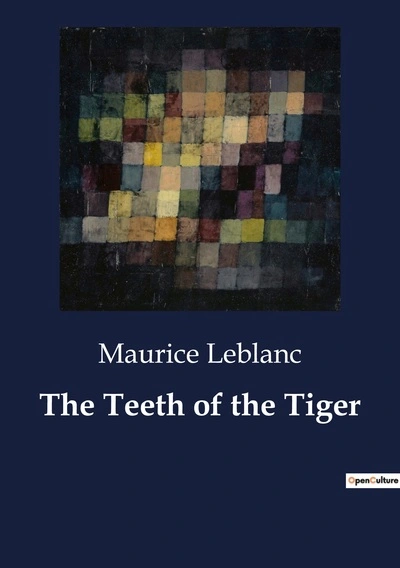
Arsène Lupin en anglais The Teeth of the Tiger
Résumé éditeur-
The fortunes of Don Luis Perenna seem set to only increase after the will of his friend, Cosmo Mornington, is read. Perenna stands to benefit by one million francs if he finds the true heir, and by one hundred million if they can't be found. But after both a detective and a potential recipient of the fortune die in the in the same way as Mornington, Perenna (alias Arsène Lupin) must fight to prove his innocence and discover the real murderer. The Teeth of the Tiger was published in this English translation in 1914, but wasn't available in the original French until its serialization in Le Journal in 1920. In the timeline of the series, The Teeth of the Tiger is set after the events of 813, and continues with the rebalancing of Lupin from a god-like genius to a fallible, albeit brilliant, man.
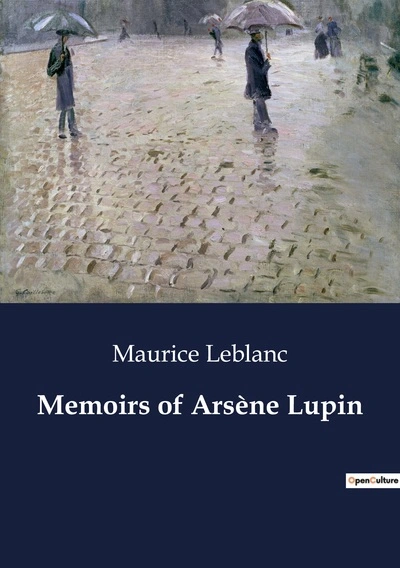
Arsène Lupin en anglais Memoirs of Arsène Lupin
Résumé éditeur-
In the process of writing his memoirs, Arsène Lupin takes us back to his early twenties and his first love: Clarice d'Etigues. Although forbidden by her father to meet, that doesn't stop Ralph d'Andresy—Lupin's nom du jour—from wooing Clarice. But when he finds evidence on the d'Etigues estate of a conspiracy to murder a woman, he cannot help but be drawn into the ensuing three-way race to a legendary treasure. Memoirs of Arsène Lupin was originally published in France in 1924 under the name La Comtesse de Cagliostro; this English translation was published the following year. Maurice Leblanc was not the only author to call on the myth of Cagliostro as a framing device: both Goethe and Dumas had written famous novels on the subject. This story showcases a Lupin who is growing into his abilities, and with the swings between outright confidence and self-doubt that would be expected of so comparatively young a protagonist.
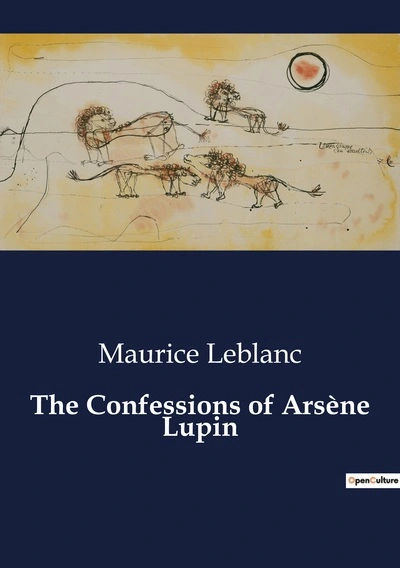
Arsène Lupin en anglais The Confessions of Arsène Lupin
Résumé éditeur-
The gentleman-thief Arsène Lupin returns in this set of ten short stories to confess—or perhaps boast about—his crimes to the unnamed narrator. Mostly set around Lupin's attempts to frustrate Chief-Inspector Ganimard and pocket some cash in the process, they also show off his knack for escaping from seemingly impossible situations, and even playing the role of the master detective. In the chronology of Arsène Lupin, these tales were published after, but set before, the darker stories of The Hollow Needle and 813. They were serialised in Je Sais Tout from 1911, and collected into a single publication in 1913.
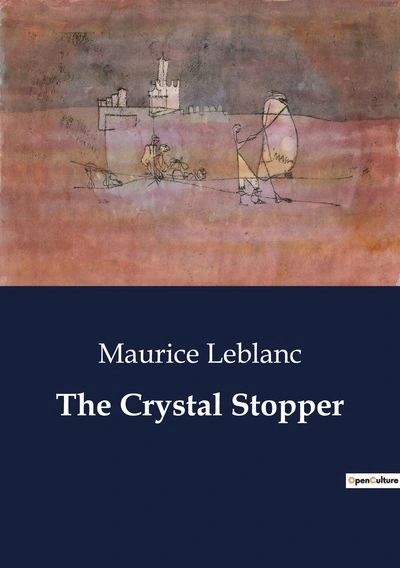
Arsène Lupin en anglais The Crystal Stopper
Résumé éditeur-
Arsène Lupin's attempted robbery of the deputy Daubrecq has gone horribly wrong, leaving behind a murdered man and two of his accomplices in the hands of the police. Now he finds himself pulled into an ever more conspiratorial spiral as he attempts to gain leverage over the people who can free his men. Set before the events of the preceding 813, this again portrays Lupin in a much different light to the earlier books. At times almost coming to despair, this story shows him grappling with his personal morals whilst trying to do the best for those closest to him. The story was originally serialised in Le Journal in 1912, before being published as a novel in both the original French and this English translation by Alexander Teixeira de Mattos in 1913.

Arsène Lupin en anglais The Eight Strokes of the Clock
Résumé éditeur-
Trying to escape from her boring life, Hortense Daniel meets the mysterious Prince Rénine (or should we say Arsène Lupin?) who enlists her help to solve eight mysteries, starting with one that is for her very close to home. The pair's travels take them across northern France as they help ease the path of true love, bring thieves and murderers to justice, and eventually to recover something very dear to Hortense's heart. The Eight Strokes of the Clock is an Arsène Lupin novel by any other name, with Maurice Leblanc admitting as much in an opening note. Set in the early days of the character's history, this collection of mysteries has the hallmarks of classic Lupin: a fervent desire to impress, dazzling jumps of logic and an ambivalent belief that the law can provide justice. This English translation was published in 1922 in the same year it was being serialized in France; it was published in novel form there a year later.
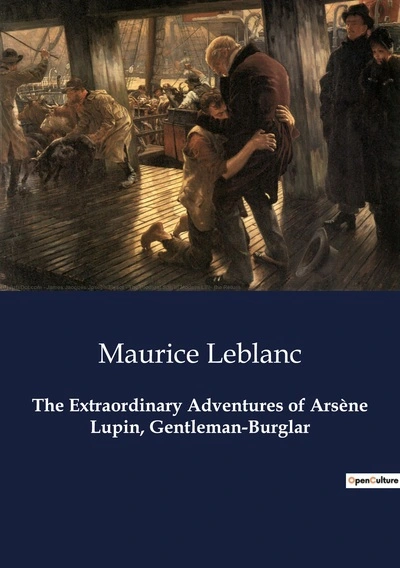
Arsène Lupin en anglais The Extraordinary Adventures of Arsène Lupin, Gentleman-Burglar
Résumé éditeur-
Arsène Lupin, with his characteristic wit, plots over the course of nine short stories to steal many of France's best antiques and artworks from under their owners' noses. Only his classic opponent Detective Ganimard has the brilliance to attempt to foil Arsène's plans, albeit with mixed results. This first collection of nine Arsène Lupin stories were originally serialised in the magazine Je Sais Tout from 1905 and translated into English in 1910. The final story of the set features Herlock Sholmes. In the original printings, Sholmes was simply an unauthorized Sherlock Holmes, but this appearance annoyed Arthur Conan Doyle; the character's name was changed to "Herlock Sholmes" for later printings and future stories. Arsène Lupin later went on to feature in over fifty stories by Maurice Leblanc along with many other books, films and plays around the world.